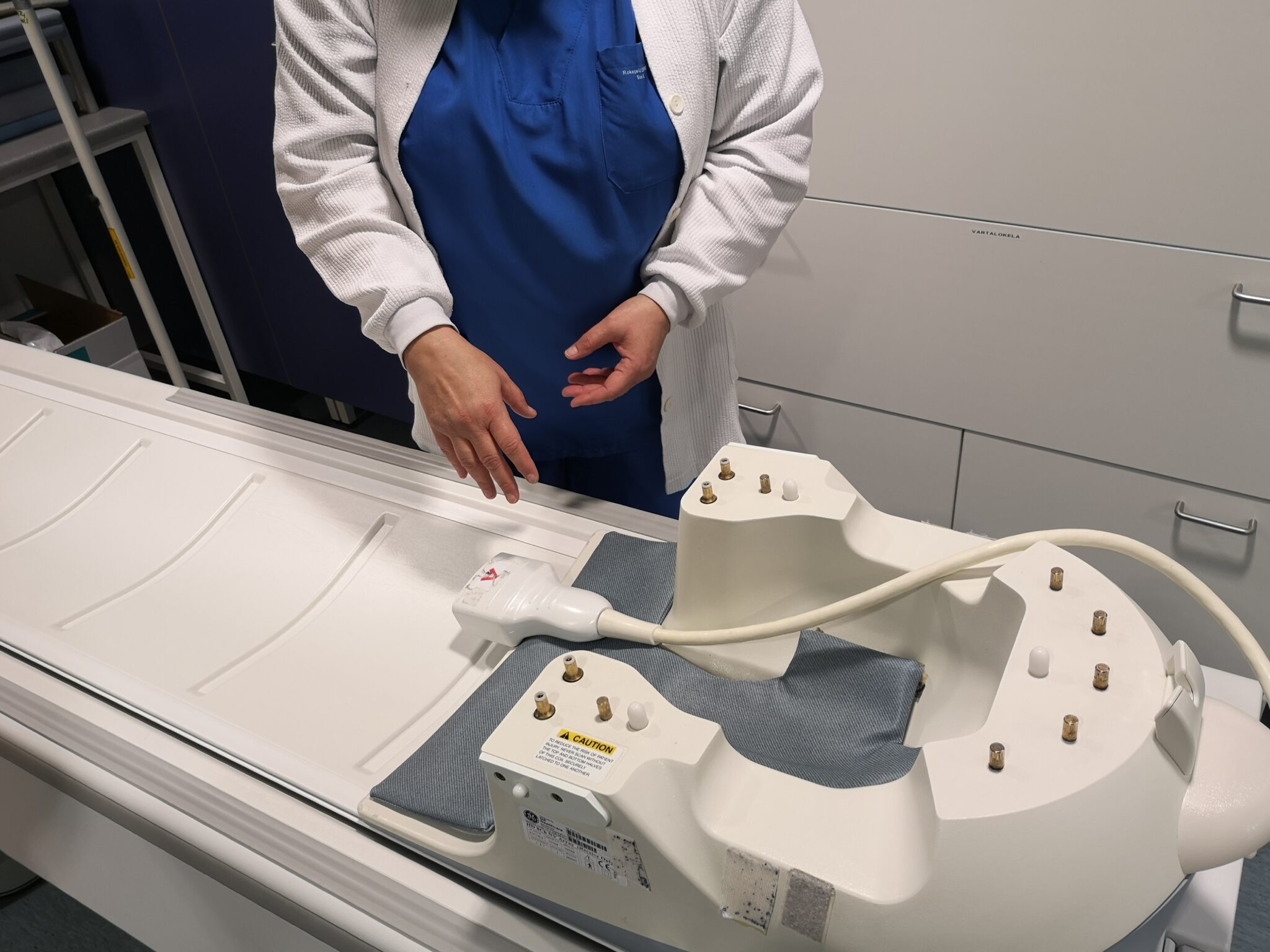JAN ’22 – DEC ’22 | master’s thesis | Aalto University, AMRI project
Technology could increase access to healthcare for those who live far away from health services. One of these promising technologies is low-field MRI (Magnetic Resonance Imaging), which could truly transform MRI accessibility by reducing costs and increasing mobility. I connected with patients and healthcare professionals on healthcare accessibility to explore the potential implementation of low-field MRI in rural Finnish Lapland.
With an ageing population and increasing expectations of healthcare services, the Nordic countries face challenges to maintain high-quality healthcare for all that is expected within the Nordic welfare state model. These issues are even more pressing in the Nordic’s many sparsely populated areas. Access to healthcare is limited for people in rural regions compared to fellow citizens in more densely populated areas.
Efforts to overcome spatial barriers to healthcare worldwide include the application of technology like telemedicine and advanced diagnostics tools. The technological focus of interest of this thesis is medical imaging, including the potential of low-field MRI in remote regions. This thesis explores access to healthcare in one of these remote Nordic regions: Finnish Lapland.
Project highlights
- Building a network of local collaborators
- Week-long deep dive into rural context through a field trip
- Insights into the lived reality of local stakeholders, from patients to rural doctors to radiographers
- Three opportunities for design, personas representing different resident types and a proposal for a co-creation process.
Taking MRI as a focal point, experiences and perspectives of local residents and healthcare professionals are gathered. Based on these experiences, opportunities for design are identified and a proposal is made for a platform for co-creation that could advance healthcare accessibility in the area.
The research is approached through a service design perspective. Qualitative research data was collected through desk research, online semi-structured interviews and a field trip to Northern Finnish Lapland including contextual interviews and observations. Altogether 12 residents and 6 healthcare professionals participated in the study. Data was analysed using affinity diagramming. Findings were summarised into 31 statements organised according to three collaborating stakeholder groups: residents, primary care and specialised care.
Interpreting these findings, three opportunities for design were identified. In short, these opportunities are 1) Maintaining trust in a centralising healthcare system; 2) Reorganising work with a small workforce; 3) Redefining the resident’s role in healthcare collaboration. Accompanying the opportunities for design are personas of different resident types. The opportunities and personas feed into a proposal for a co-creation process, aiming to bring together multidisciplinary teams who combine their efforts towards more accessible healthcare services in Finnish Lapland.
Images by Erika Renedo Illarregi







